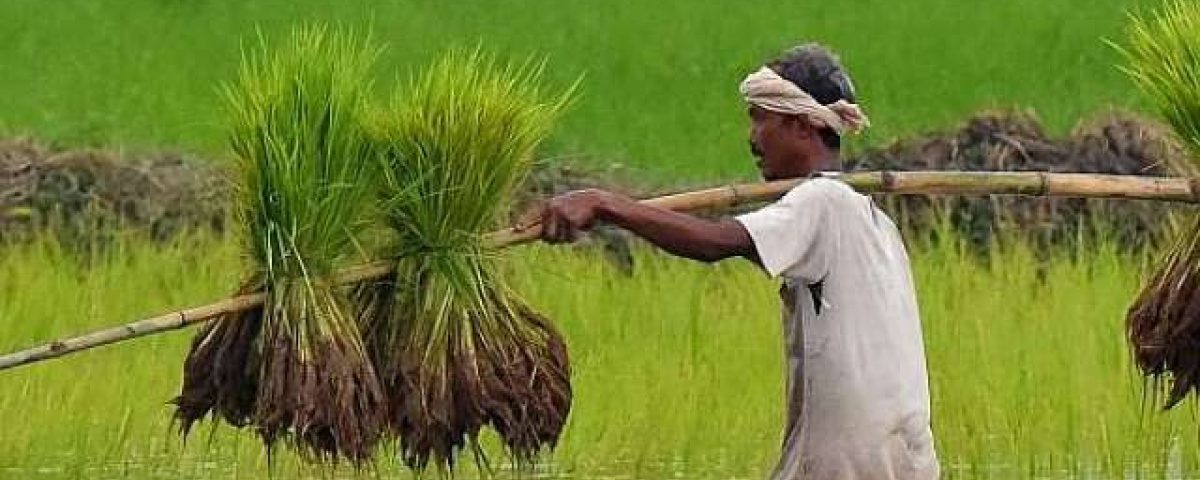WTO Members question India and US over farm support plans

Sowing of Summer Crops down due to Delayed Monsoon
June 19, 2019
2015 – March 2019: 12,631 farmers have committed suicide in Maharashtra
June 21, 2019AgriNation News Network (ANN)
New Delhi. 20 Jun 2019
Both India and United States were questioned at World Trade Organisation (WTO) quarterly agriculture committee meeting that was held earlier this week in Geneva. The questions were submitted by member nations to WTO to the committee.
The WTO has strict rules about the size and nature of payments, and member governments keep a close watch for any competitors who might be cheating.
According to report by Reuters, the European Union asked India to explain how PM Modi proposed to spend ₹25 trillion ($357.5 billion) on agriculture and rural development, doubling income of farmers by 2022 as part of a 100 trillion-rupee, 5-year infrastructure splurge.
“How will this be done, taking into account global market prices of produce and measures put in place to prevent excess production?” the EU asked.
To US, it asked about the $19 billion disaster bill that was approved by Congress this month, saying it would let the U.S. Department of Agriculture boost “the prevented planting payment factor on crop insurance to 90 percent instead of 55 percent for corn and 60 percent for soybeans.
India also criticised the U.S. 2018 Farm Bill, saying it benefited not only farmers, but also their first cousins, nieces and nephews, with children and spouses qualifying for $125,000 of payments.
Australia, Canada, China, the EU, India, New Zealand and Ukraine raised questioned about Trump’s $16 billion “market facilitation package”
In addition to this, US questioned India’s 5 per cent export subsidy for non-Basmati rice and its growing state buying of wheat at rising prices, despite back-to-back record harvests, noting that it was on track for a record wheat stockpile.
United States pointed out that Pakistan’s wheat subsidies were creating “huge surpluses” and also said that China was exporting state-owned rice below cost.
Both US President Donald Trump and Indian Prime Minister Narendra Modi have made boosting farm incomes a priority to offset domestic damage from a tariff war with China and a slowdown in India’s agriculture-dominated economy, respectively.


